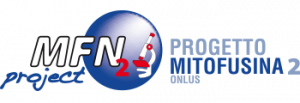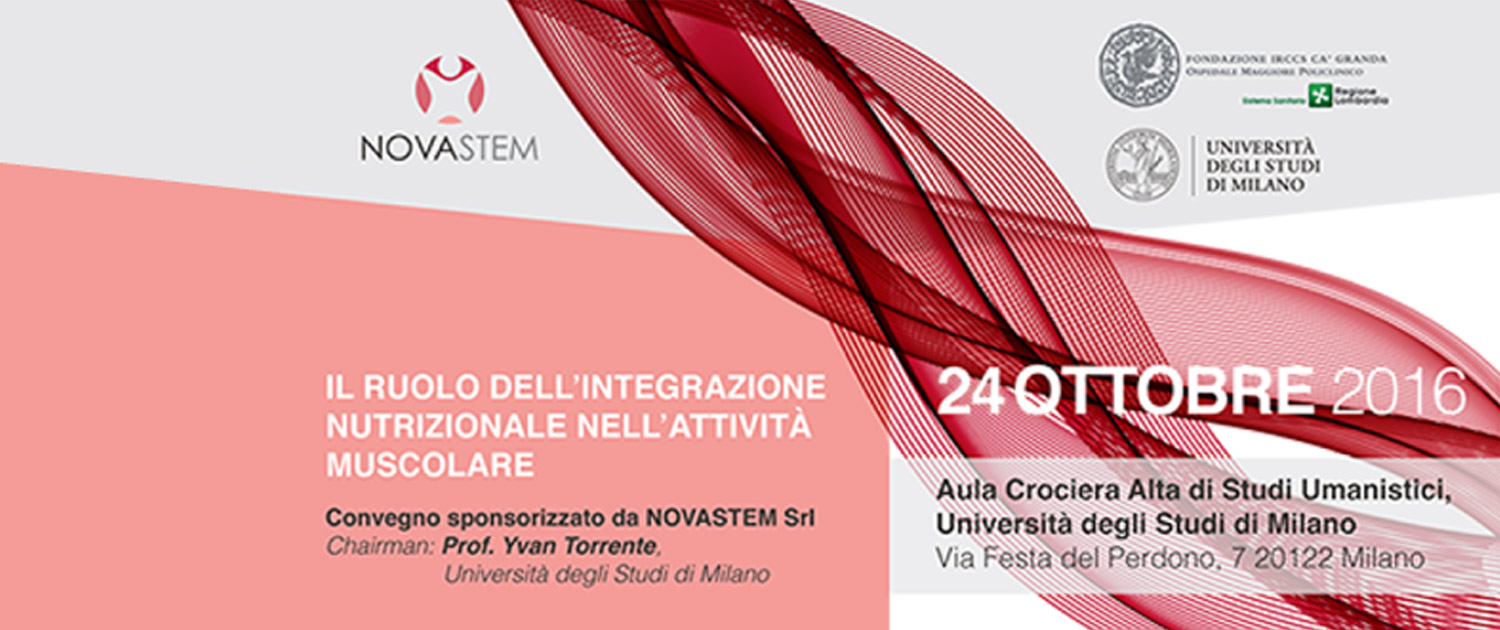The role of nutritional integration in muscle activity
02 February 2017
We are publishing the interesting contribution from Dr Grazia D’Angelo to the Conference THE ROLE OF NUTRITIONAL INTEGRATION IN MUSCLE ACTIVITY held in Milan University last October.
Dr D’Angelo, responsible for the Muscle Disorders Operating Unit at Medea Institute of Bosisio Parini, which is the rare diseases presidium of Lombardy Region, is a member of our Scientific Committee. We thank her for allowing us to publish her interesting contribution regarding some important topics common to Duchenne Muscular Distrophy and all degenerative neuromuscular disorders (or to any other slow developing diseases such as CMT2A)
We publish a summary of the main points and the content of the contribution below.
NUTRITION AND NURTURING THE DYSTROPHIC PATIENT
In the framework of treatment involving patients who suffer a neuromuscular disease, where family plays a central role in connection with all the different spheres of assistance (diagnostic, rehabilitation, orthopedic treatment, psychological assistance, cardio-respiratory system..), matters relating to food and nutrition are very important.
Principal points are:
A suitable diet related to both the severity and the different stages of the disease in order to provide an adequate relationship among nutrients (proteins, lipids, simple and complex carbohydrates), a right addition of amino acids (supplements) and a change of energy requirements according to the individual motor situation. A diet also able to take account of the possible problems patients forced on wheelchair (and using mechanical ventilation) could more easily have, such as : gastro-oesophageal reflux (treatable with special medicines), osteoporosis (which requires a major supply of calcium), slower gastric emptying and constipation (manageable through a diet rich in fibers or through natural remedies as well as mild laxatives).
Neurological food issues like difficulty in chewing and swallowing (very rare in CMT2A) .
Nutrition as possible therapy.
- Dystrophy and other degenerative muscular diseases involve tissues and cells’ secondary biochemical anomalies (which speed up the aging processes) that can be tackled not only through pharmacological therapeutic approaches, but also through nutraceuticals or supplements.
- A diet focused on anti-inflammatory foods and antioxidants, integrated with specific aminoacids such as creatine and leucine, enriched with vitamin D and calcium, balanced both to energetic level and proteins, makes an improvement of the quality of life”improving” the strength and the muscular resistance.
- Nutrition targeted to the prevention of obesity and osteoporosis, due both to the administration of steroid therapies (for DMD) and reduced movement.
In order to use nutrition as therapy, some researchers are studying food according to the principles of NUTRICEUTICAL and NUTRIGENOMIC . In their studies, a connection between food and DNA has been detected: molecular medicine has shown that food, despite being unable to change DNA, can switch on and off gene modulators and genes, getting their expressions changed. Recent studies of nutritional genomics are focused on how food might alleviate suffering and bring a cure to patients who suffer from genetic diseases. Nutriceutical foods are: cereals, fruit, colored vegetables like peppers, carrots and tomatoes, foods rich in natural antioxidant agents, but poor in proteins.




